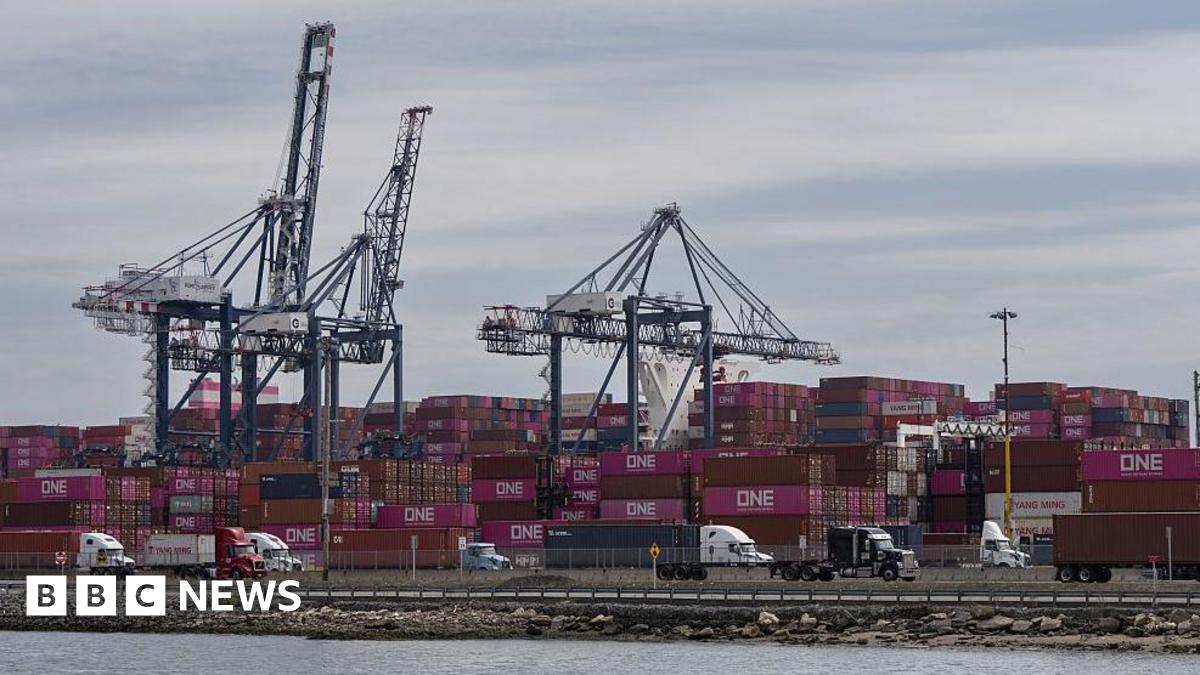T4K3.news
Canada aligns tariffs with US exemptions under USMCA
Canada will drop many retaliatory tariffs to match the U.S. exemptions for USMCA goods, aiming to restart talks with Washington.

Canada moves to drop many retaliatory tariffs to match U.S. exemptions under the USMCA, signaling a strategic shift in trade policy ahead of a 2026 treaty review.
Canada Aligns Tariffs with US Exemptions Under USMCA
Canada will drop many retaliatory tariffs to match U.S. tariff exemptions for goods covered under the USMCA, Prime Minister Mark Carney announced on Friday in Toronto. He said Canada will include the U.S. carve-out that shields most goods from punitive duties, a move meant to restart talks with Washington while keeping a core of the pact intact. Carney argued that more than 85 percent of Canada-U.S. trade remains tariff-free and that the exemptions would help jump start negotiations rather than stand in the way of economic links.
The plan leaves tariffs on steel, aluminum and autos in place, reflecting ongoing friction with Washington on those sectors. Trump and Carney spoke by phone the day before the announcement, and the prime minister later said the call was productive as both sides prepare for a broader review of the treaty in 2026. U.S. officials have signaled a willingness to revisit USMCA, adding to the political complexity and potential volatility of the talks.
Key Takeaways
"Canada currently has the best trade deal with the United States."
Carney asserting the current position within USMCA
"We are working on something. We want to be very good to Canada."
Trump on the phone with Carney
"Walking back counter tariffs is not an olive branch. It only enables more US aggression."
Lana Payne on response from Unifor
"Any small tariff on Canada has an outsized effect because over 20 percent of our economy exports go to the United States."
Pierre Poilievre criticizing the shift
This move shows a pragmatic, non-ideological approach to a high-stakes trade relationship. By matching exemptions, Canada preserves access to the U.S. market while avoiding a costly tariff war that could ripple through manufacturers and workers. It also hands momentum to negotiations at a moment when Washington hints at renegotiation, creating a delicate balance between leverage and cooperation. Domestic rivals view the shift as capitulation, risking political backlash if job losses or price pressures become evident in sensitive sectors. The 2026 USMCA review looms large, and the outcome will shape Canada’s bargaining position for years to come.
Highlights
- Free trade wins when both sides keep doors open
- Measured steps beat loud rhetoric in a fragile economy
- This is a move not surrender toward real talks
- Negotiating from strength takes patience and clarity
Trade policy risks triggers budget and political backlash
The move could prompt backlash from unions and opposition critics while influencing investment sentiment. The 2026 USMCA review adds policy uncertainty as sectors affected by tariffs watch for further changes.
The next steps will test whether this measured approach can sustain political support while keeping the door open for tougher talks.
Enjoyed this? Let your friends know!
Related News
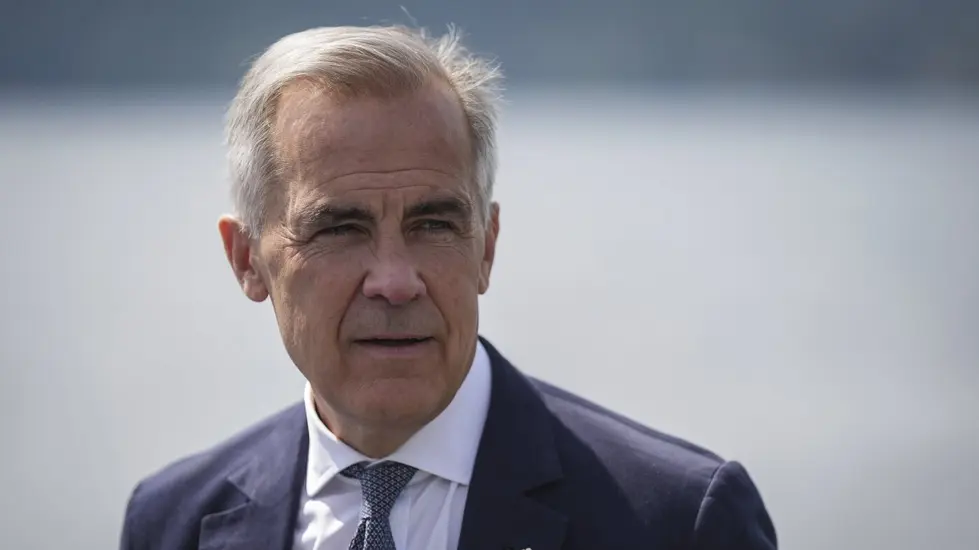
Canada Drops Tariffs to Align with US Exemptions
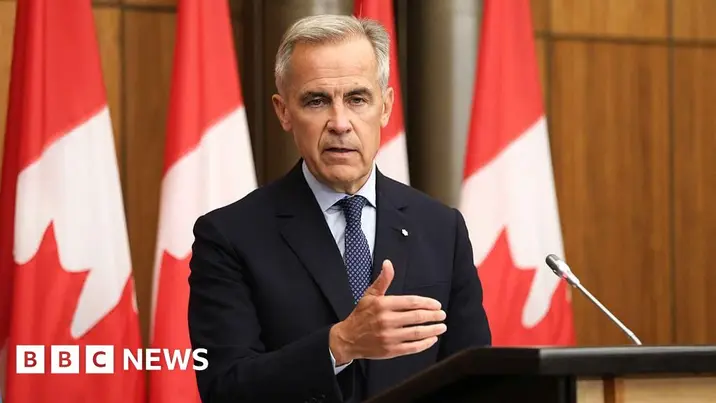
Canada lifts most tariffs on US goods
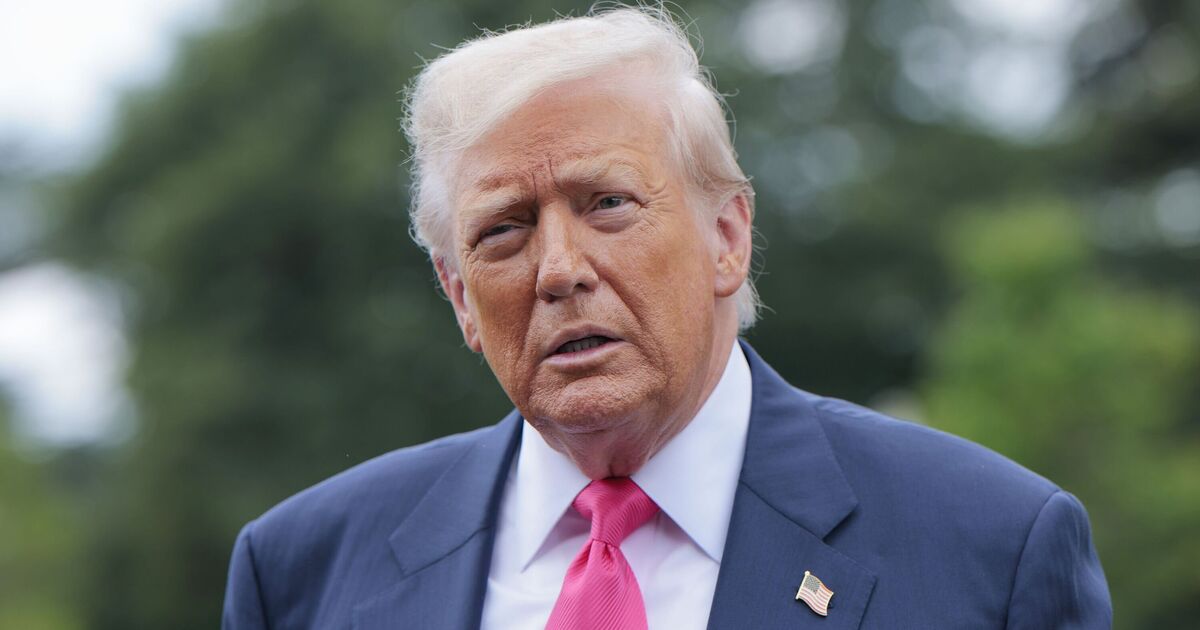
CNN exposes unfulfilled trade promises by Donald Trump's commerce secretary
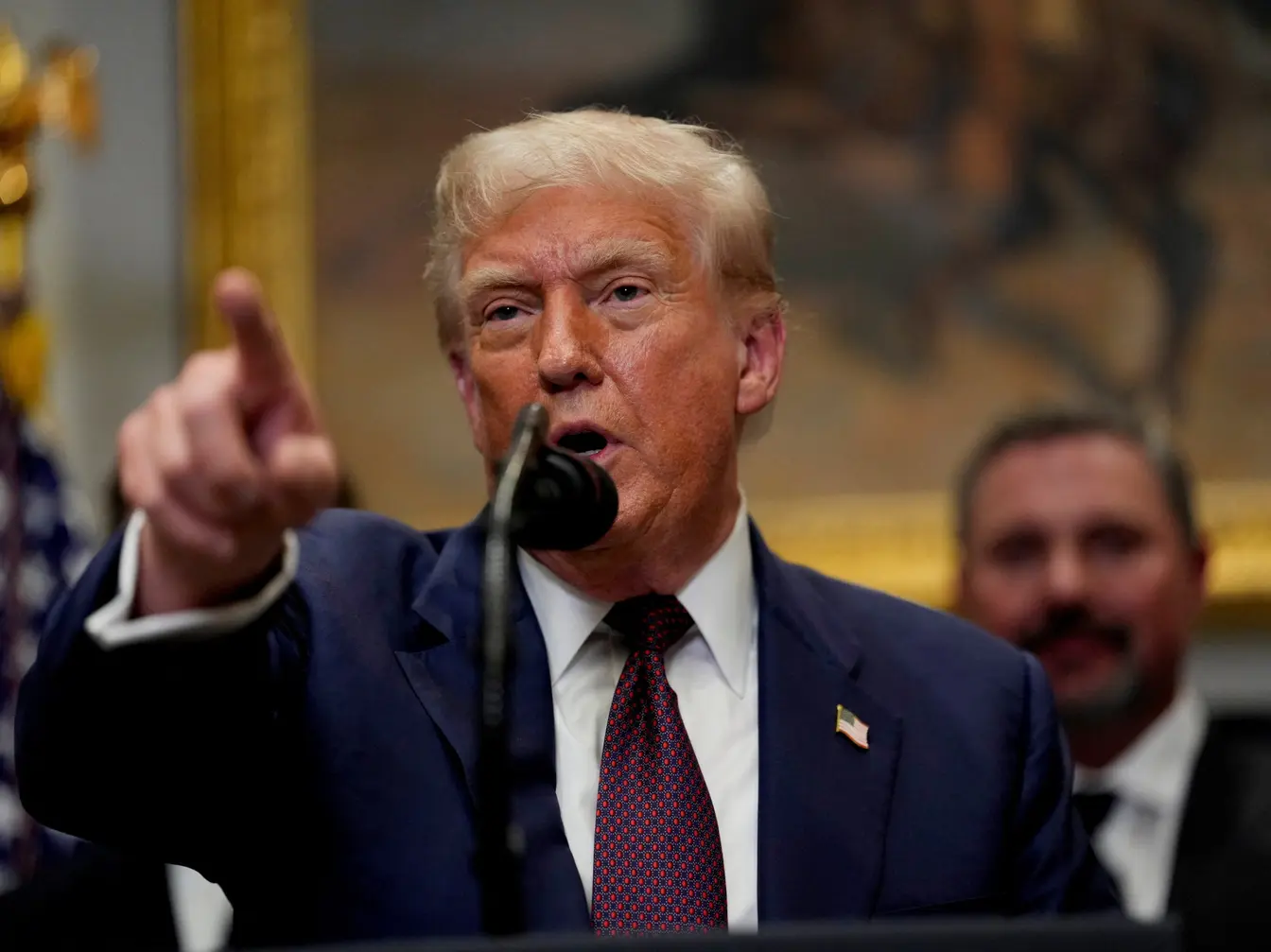
Trump sets new tariffs on multiple countries

Trump's new tariffs take effect on several nations
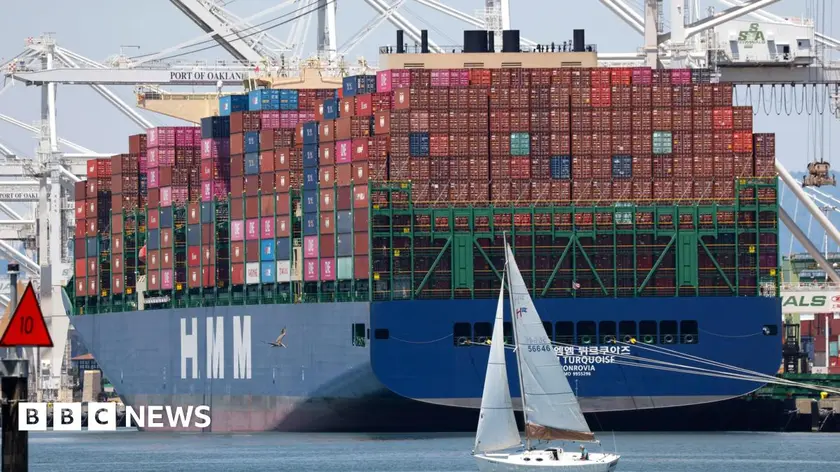
Trump increases tariffs on Canada to 35%

US Raises Tariffs on Canadian Imports
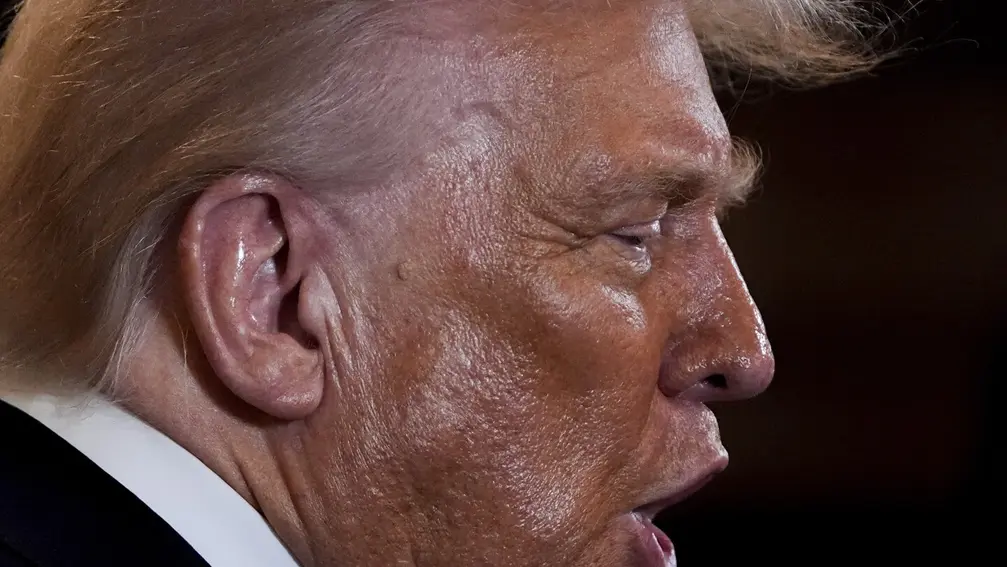
US automakers challenge Trump's tariff deal with Japan
